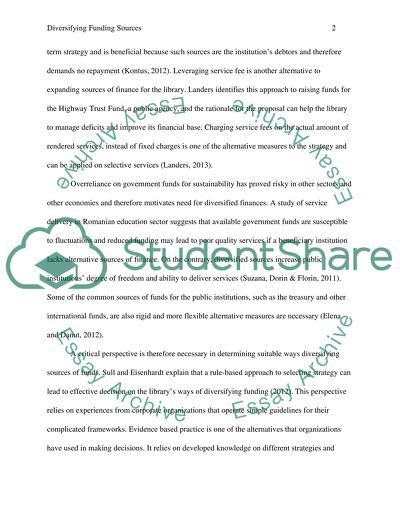Cite this document
(“Developing a Quantitative Research Plan - Introduction (Opening Paper”, n.d.)
Retrieved from https://studentshare.org/literature/1495031-developing-a-quantitative-research-plan
Retrieved from https://studentshare.org/literature/1495031-developing-a-quantitative-research-plan
(Developing a Quantitative Research Plan - Introduction (Opening Paper)
https://studentshare.org/literature/1495031-developing-a-quantitative-research-plan.
https://studentshare.org/literature/1495031-developing-a-quantitative-research-plan.
“Developing a Quantitative Research Plan - Introduction (Opening Paper”, n.d. https://studentshare.org/literature/1495031-developing-a-quantitative-research-plan.


